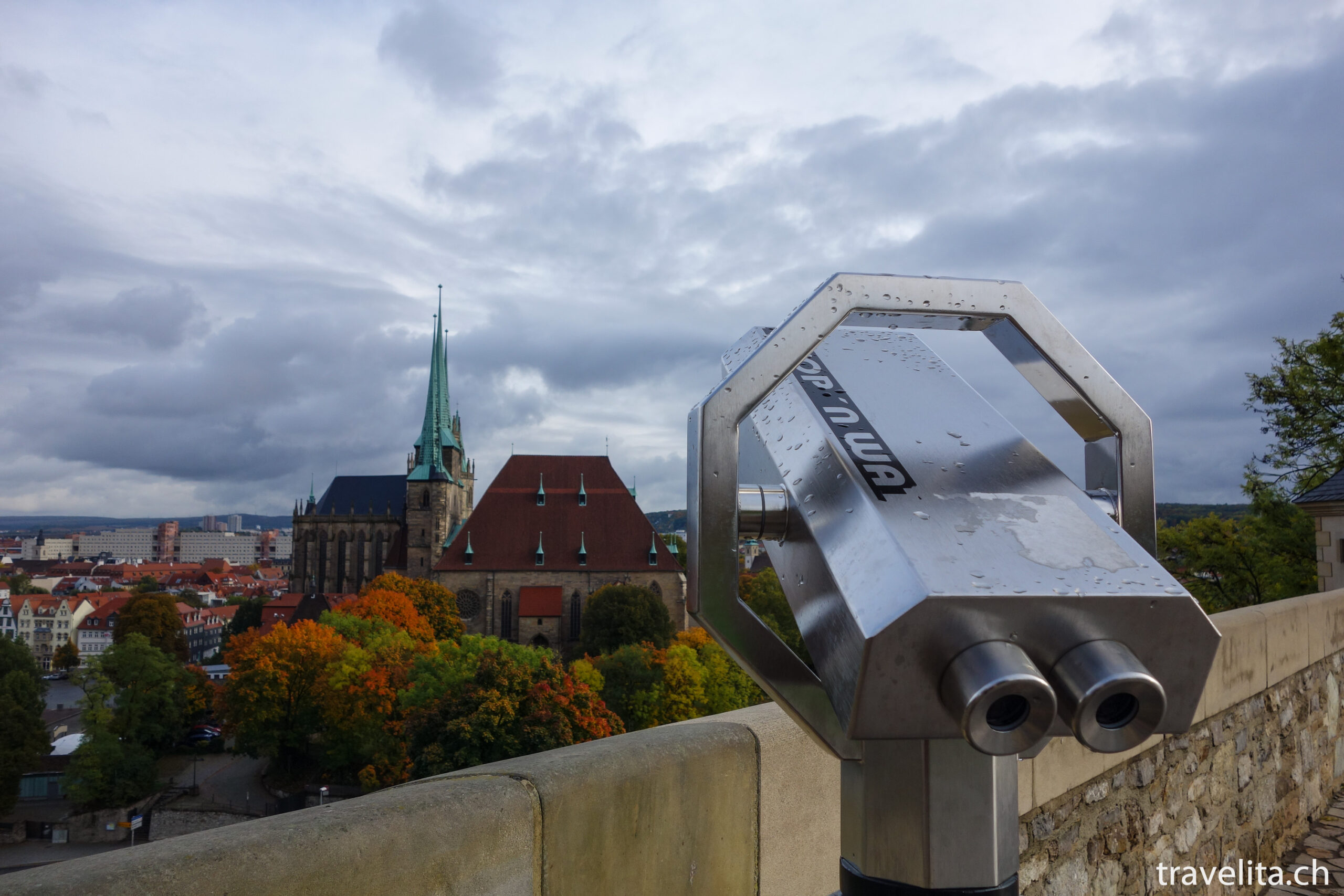
Come on, let’s discover Erfurt
Until recently, Erfurt was one of those blank spots on the map for me. The name of Thuringia’s state capital was familiar to me, but I didn’t have a picture of it. So it’s high time to take a trip to Erfurt.
Erfurt is located in the green heart of Germany and can look back on a long and eventful history. In the Middle Ages, Erfurt grew into a powerful trading and university city thanks to its strategic location at the intersection of old trade routes. The well-preserved and lovingly restored old town is still the centre of urban life today – and you know, I have a big heart for old towns :).
The starting point of our Erfurt discovery tour was the Opera Hostel. The hostel is so called because it is located directly behind the Alte Oper. Inside, it is slightly dim and creative in an unagitated way. From the hostel you can reach the Gera in a few minutes. The river meanders through the old town at a leisurely pace and if you walk along the riverbank, you will discover one or two romantic spots. Unfortunately, there is no continuous riverside path yet, but the city is working on it. By the way, Erfurt can also be discovered quite well from the water. The city has various canoe tours on offer, all of which sound great. I’ve already made a note of them for next time.
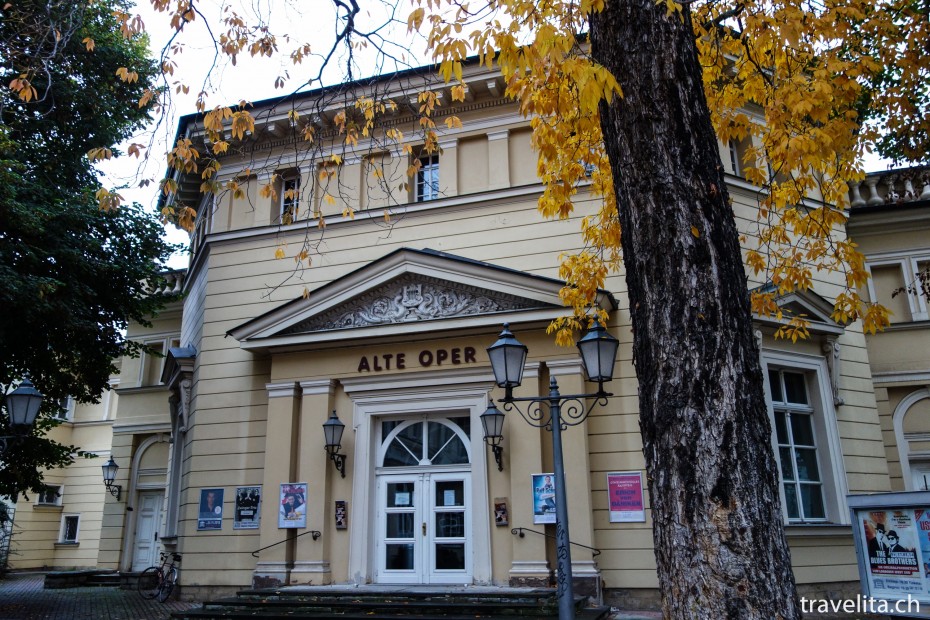
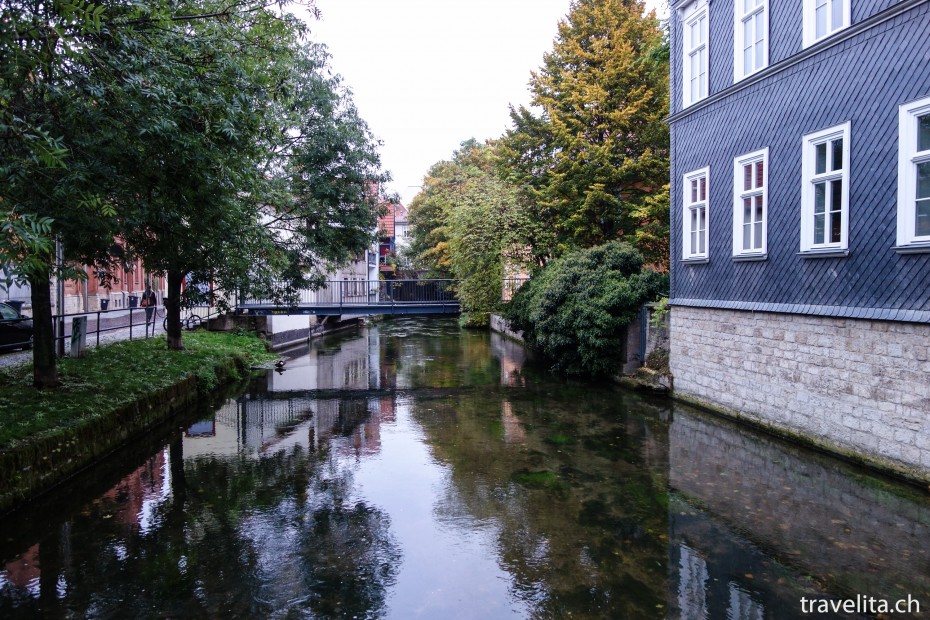
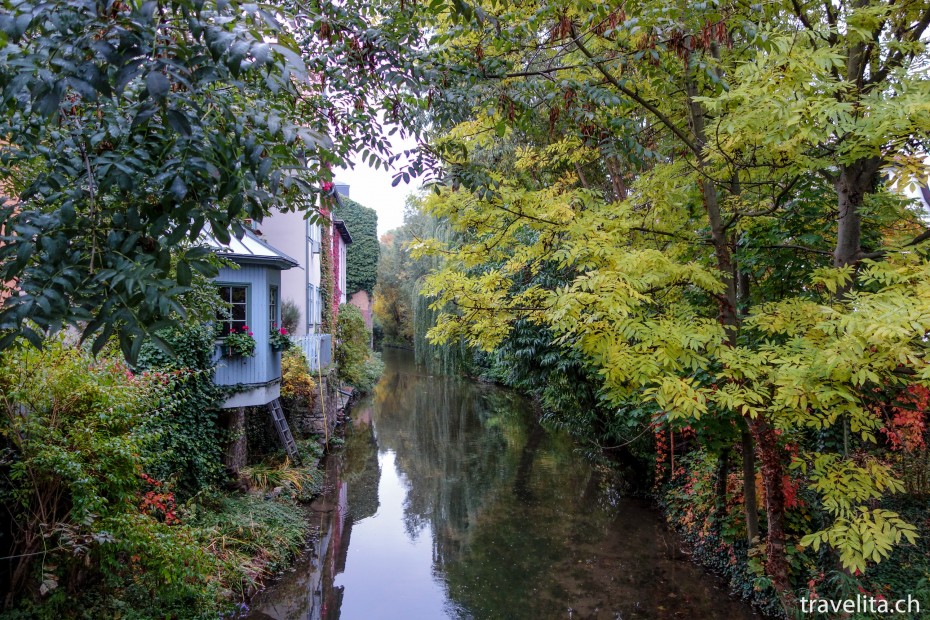
If you are not travelling by canoe, the best way to discover Erfurt is on foot. The distances are short and the old town is traffic-calmed. Personally, I was pleasantly surprised at how few cars there are in the city center.
To get an overview of the city and the surrounding area first, the ascent to the Petersberg is worthwhile. Entering the fortress is expressly desired today and the view from the top is fantastic. Fortress lovers can also dive into the underworld and discover hundreds of meters of mysterious passages on appropriate guided tours. From Petersberg you can also see the cathedral hill with St. Mary’s Cathedral and the Catholic church of St. Severi. The story of this church ensemble is peppered with anecdotes and is more exciting than a thriller. I was particularly impressed by the interior of St. Mary’s Cathedral, which presents itself with an impressive lightness and elegance. Also impressive is the choir, which rests on a huge substructure with which the cathedral hill was extended. The two-hectare cathedral square is the best place to marvel at this substructure. The cathedral square is lined with beautiful half-timbered houses. From here we immerse ourselves in the winding alleys and the medieval charm of the city, which is unique to Erfurt.
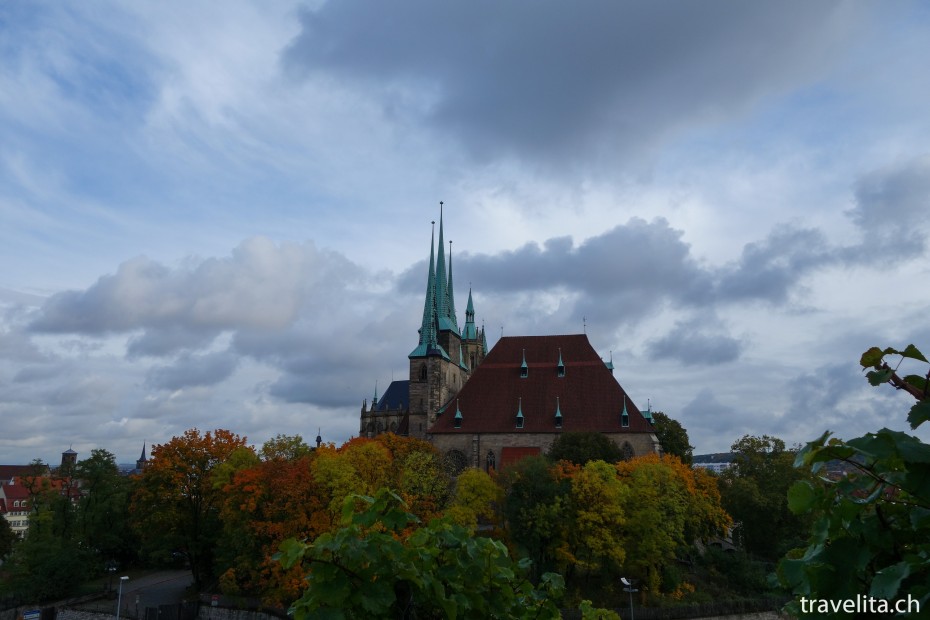
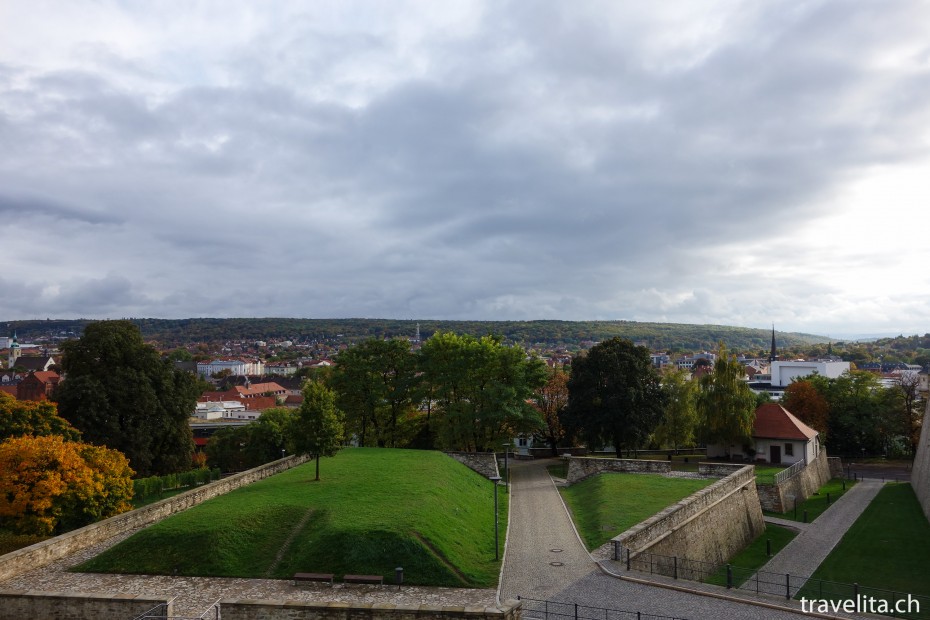
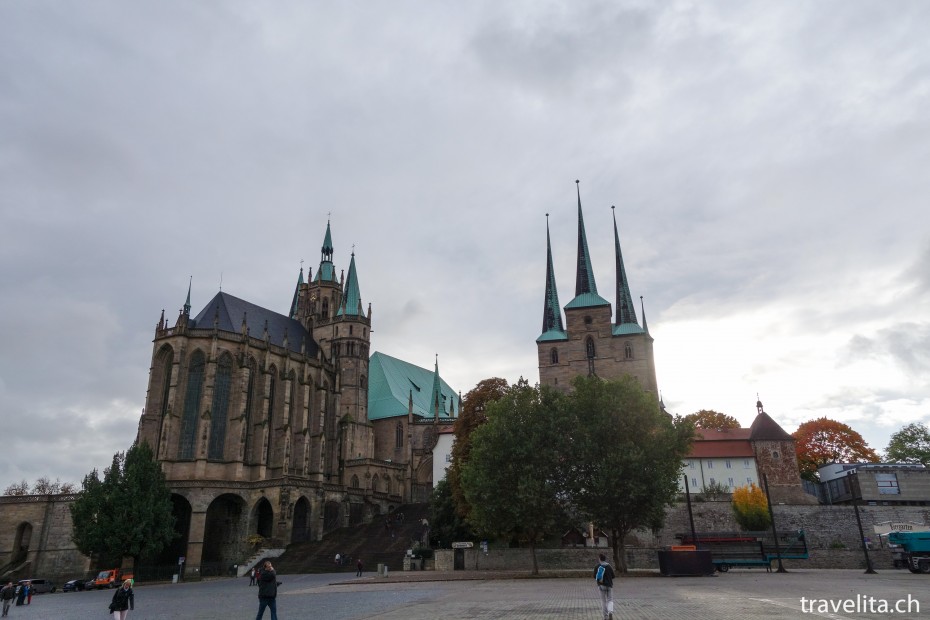
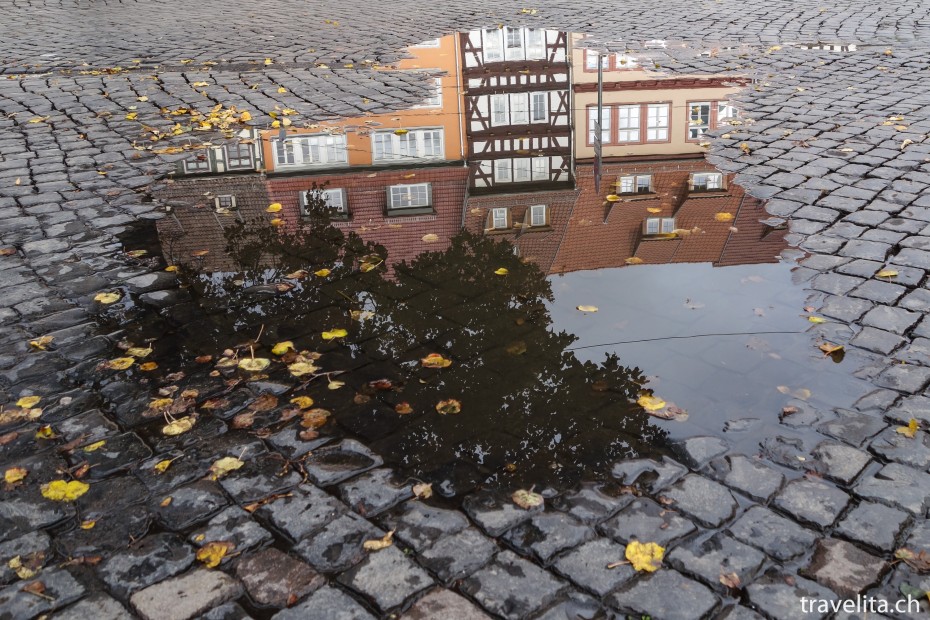
Our walk takes us past magnificent buildings. I learn that most of the magnificent buildings were owned by woad traders. In the Middle Ages, woad, a dye that was sought-after everywhere, brought prosperity and power to the city. At Rosanna Minelli, you can still immerse yourself in the colourful history of the woad plant. In her manufactory, products are made from genuine Erfurt woad in woad blue. It is fascinating to learn how an inconspicuous green plant is transformed into a beautiful blue at the end, which is used to dye fabrics. Her shop can now be found on the Krämerbrücke – one of the city’s landmarks. The Krämerbrücke is the longest bridge in Europe that is continuously built and inhabited by houses. And you know what?! You don’t even notice that you’re on a bridge, because there are houses on the left and right. The shops on the Krämerbrücke make every craftsman’s heart beat faster. There is a doll maker, delicatessens with Thuringian products, cute cafés and even a chocolatier. Anyone who opens the door to the Goldhelm chocolate manufactory will only leave the store with full bags. For me, this bridge is definitely the most delightful place in Erfurt. It feels like you’ve landed in the Middle Ages while traveling back in time.
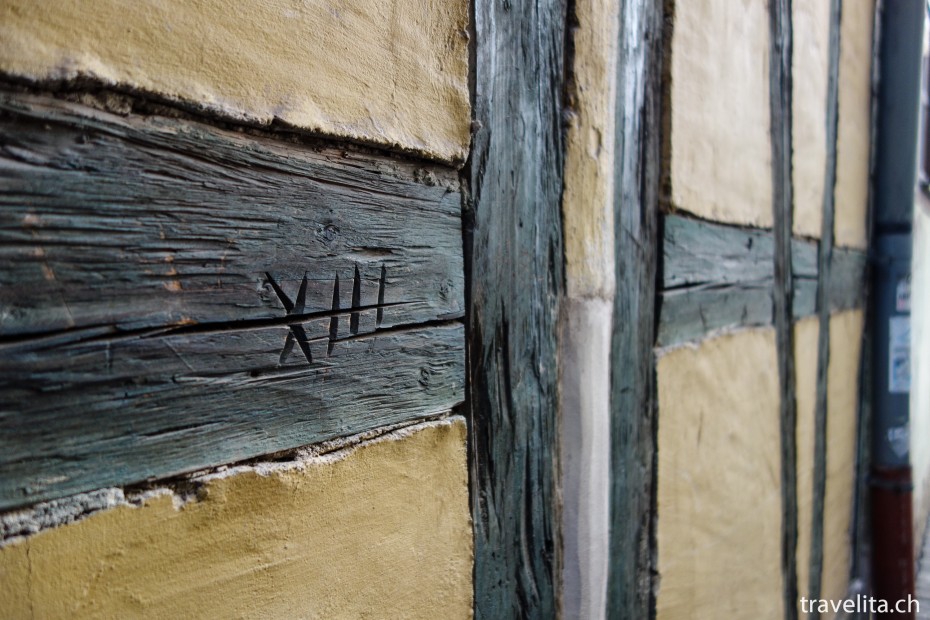
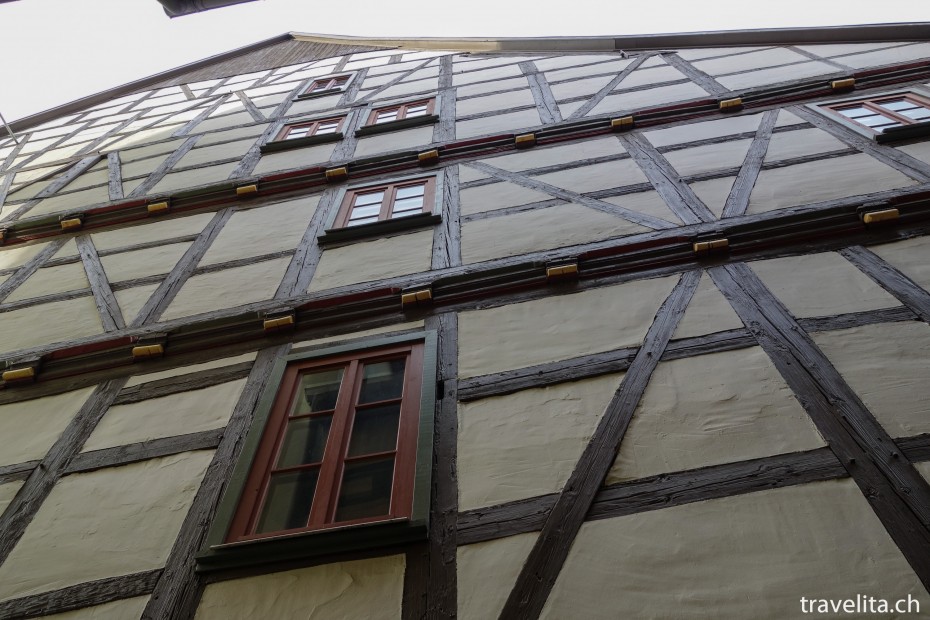
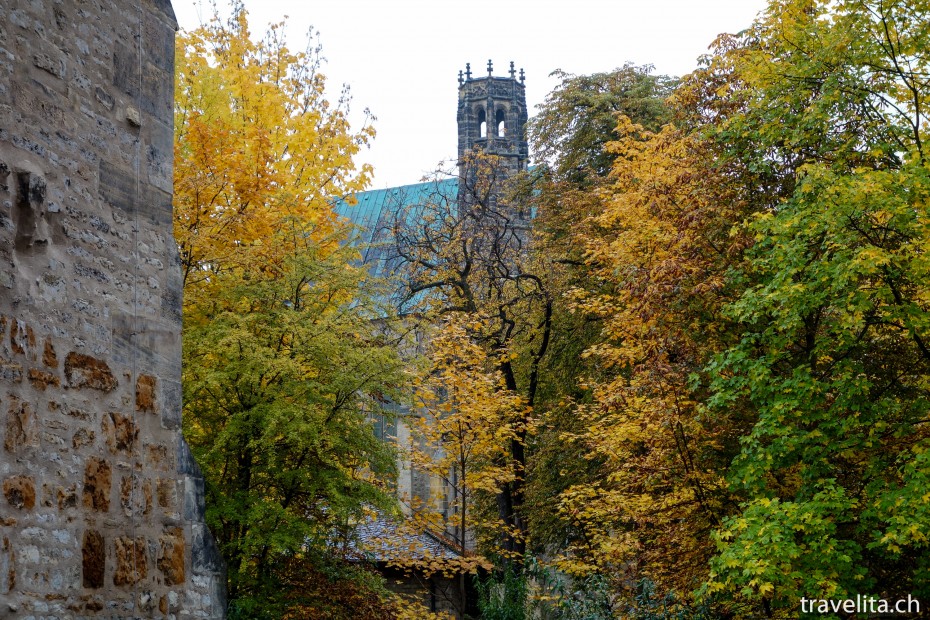
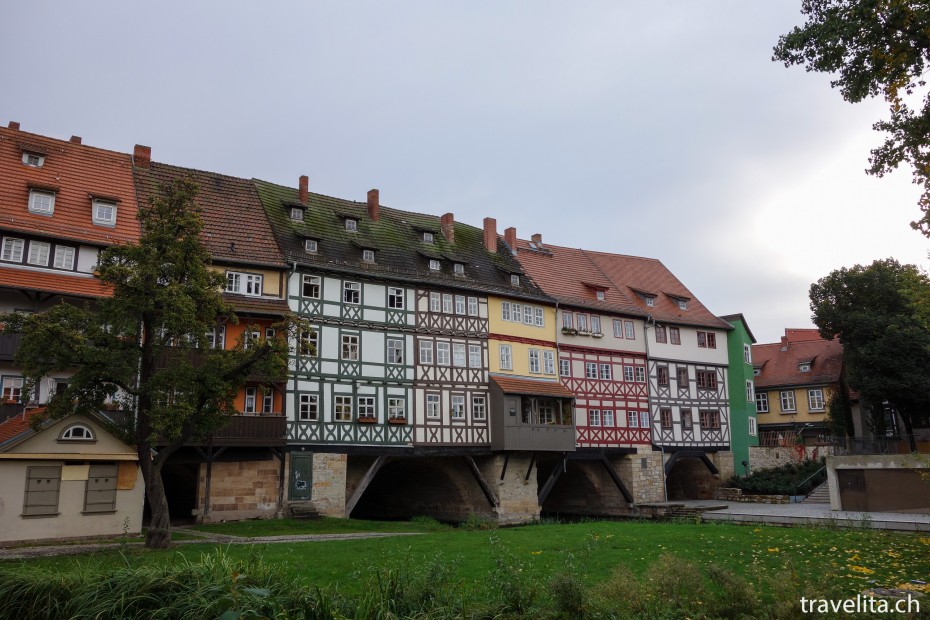
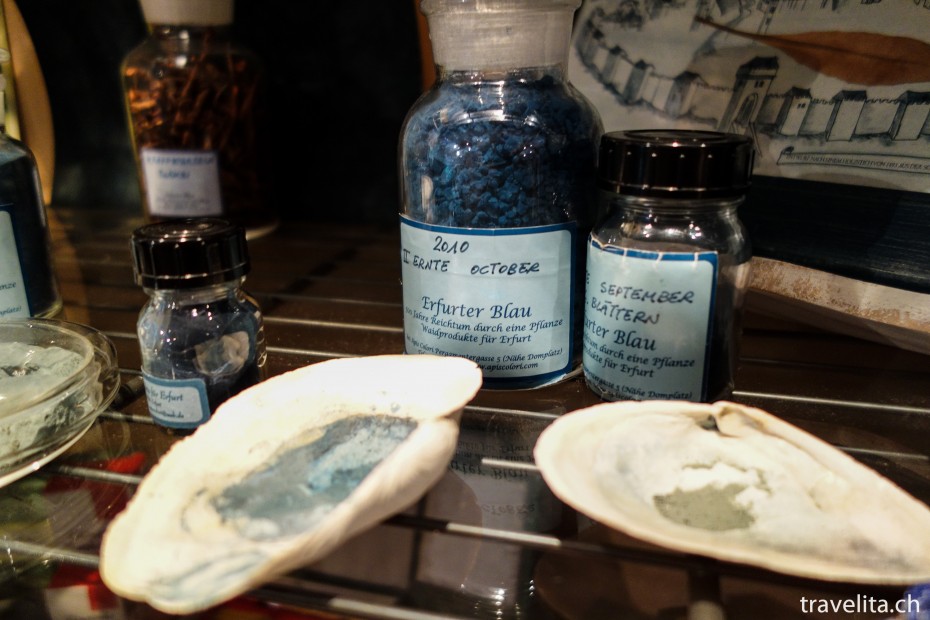
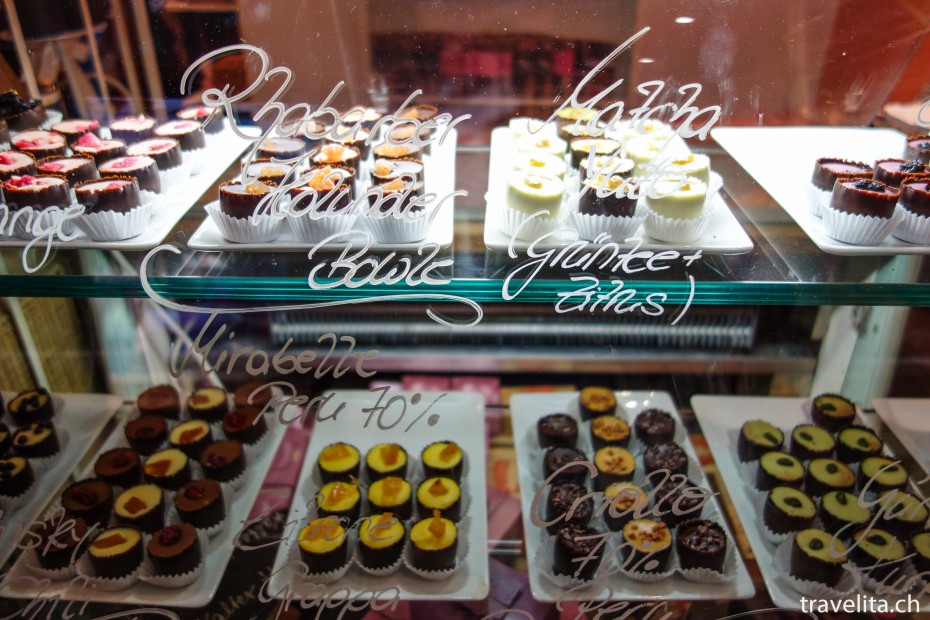
Hidden behind the Krämerbrücke is a romantic part of the city. Between the watercourses there are beautiful houses and pretty gardens. At this point, at the latest, I asked myself “this is supposed to be a city?!”.
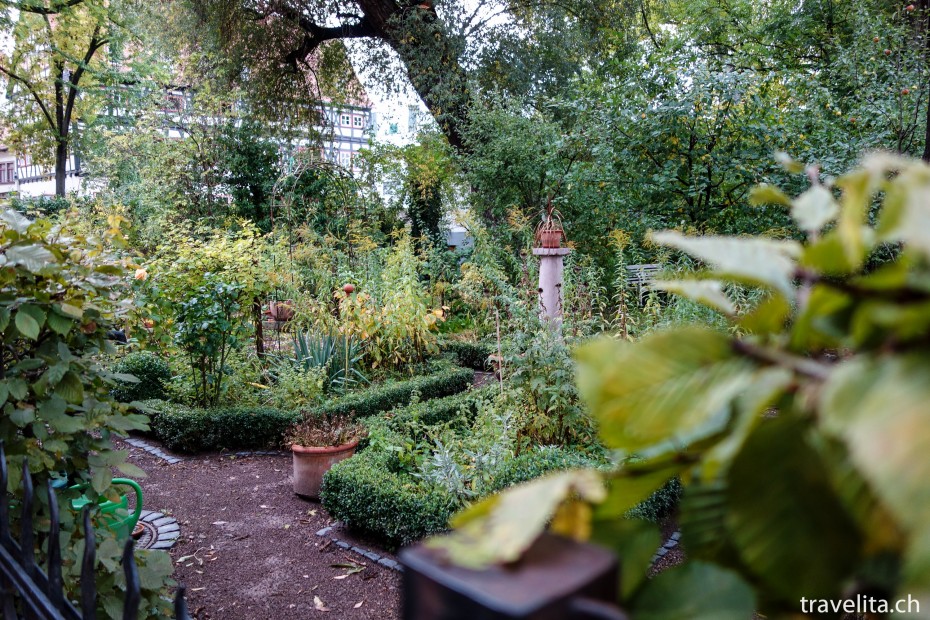
Another place steeped in history is the Augustinian Monastery, one of the most famous sites of the Reformation. This is where Martin Luther lived as a monk. Today it is used as an ecumenical conference centre and impresses with a successful architectural connection between the old monastery building and the new conference centre.
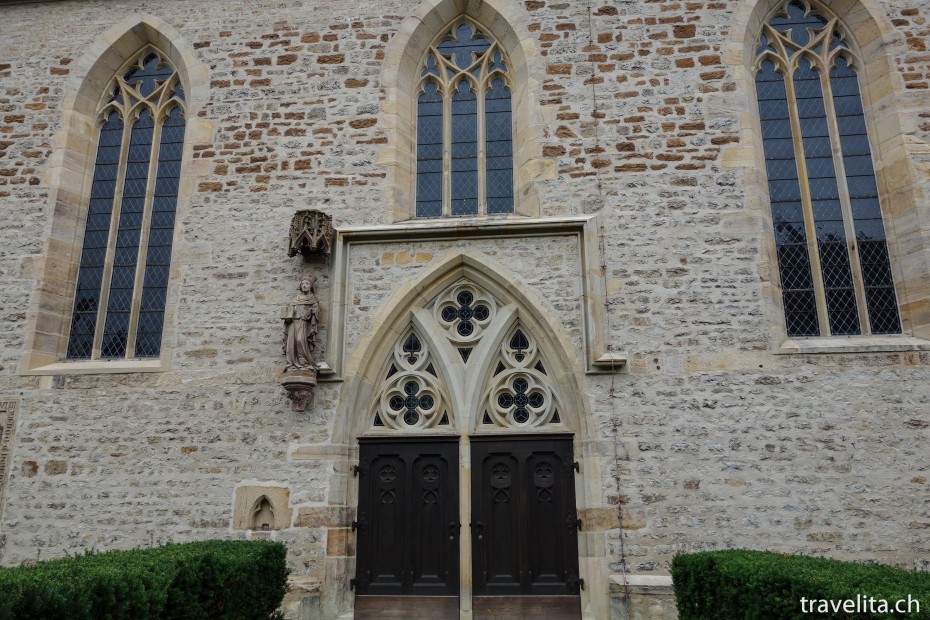
The Old Synagogue is also not to be missed. It is one of the very few surviving medieval synagogues in Europe. The synagogue is located inside a house that has been used several times over the centuries. However, the old outer walls are still visible. Inside, there is also a fascinating treasure from the 14th century, which was discovered by chance during construction work.
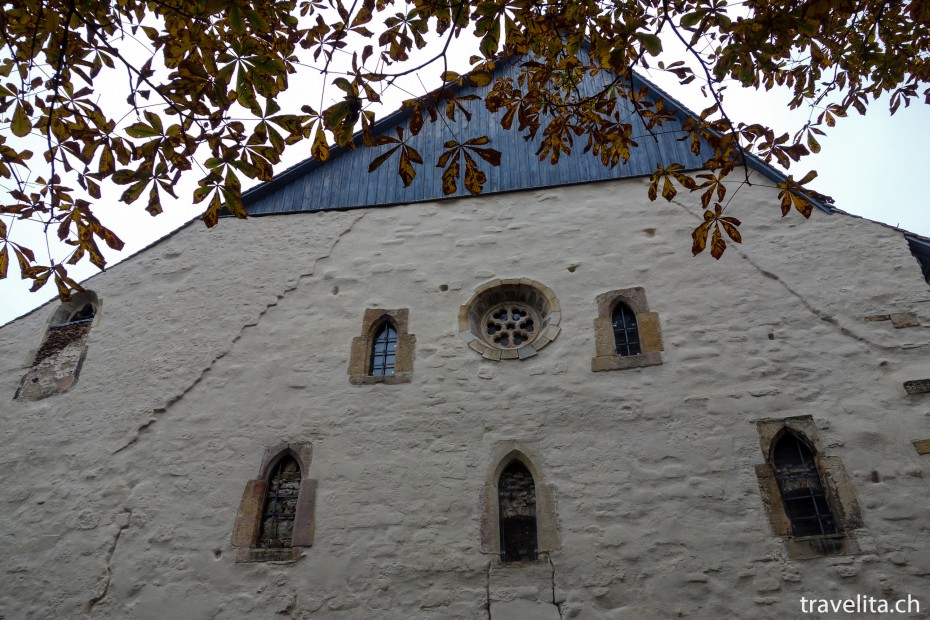
As you can see, Erfurt is fascinating. Never, ever would I have associated the name of the city with such a historic and charming place. Last but not least, Erfurt also offers some culinary delights. We stayed true to the traditions and treated ourselves to a Thuringian bratwurst at Faust Food (Waagegasse 4) (of course NOT with ketchup!) – because what would a visit to Thuringia be without obligatory sausage enjoyment?!
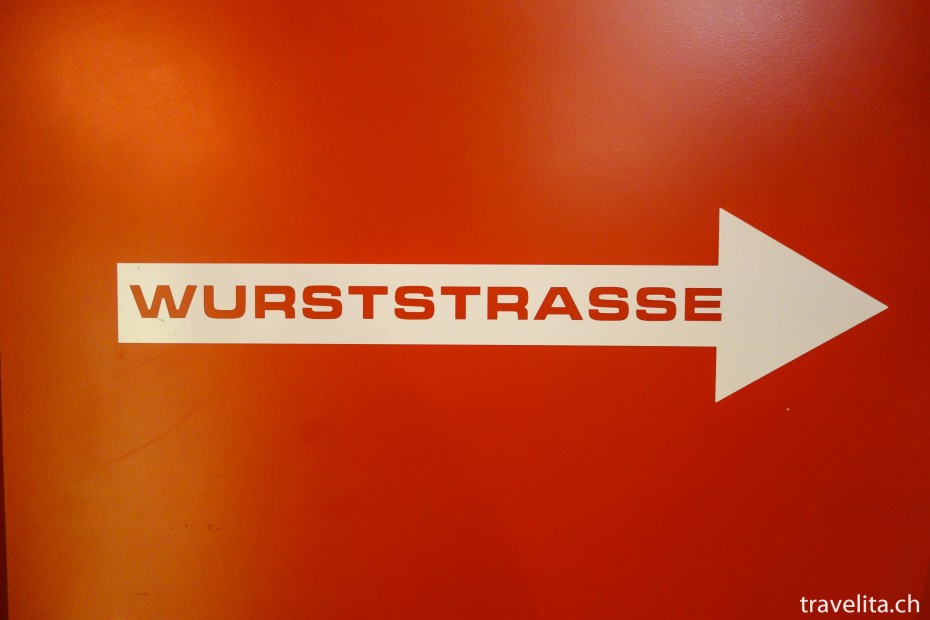
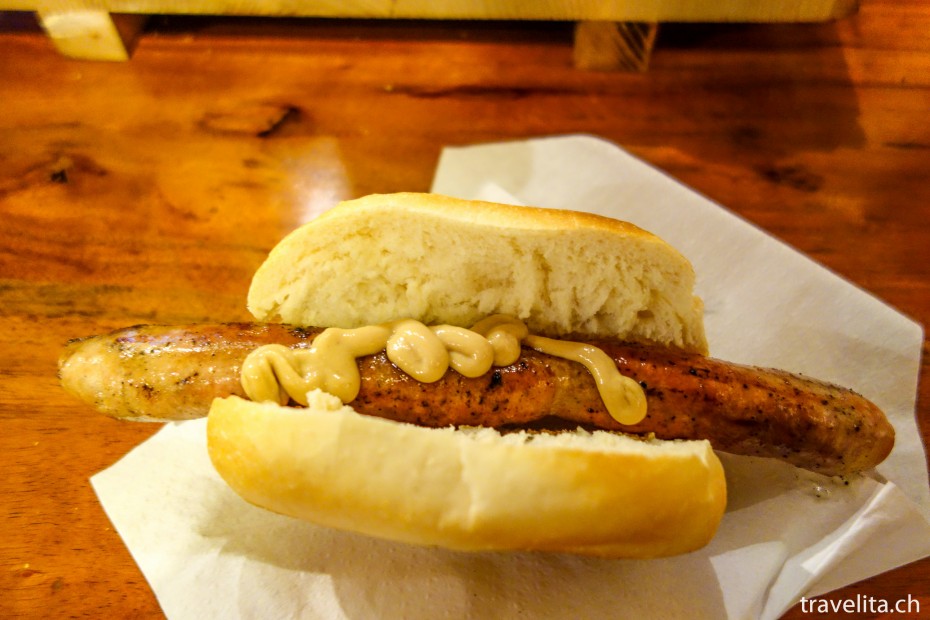
Last but not least, the visit to Erfurt was also my first visit to one of the new federal states. I found it incredibly exciting to discover this architectural mix of very different historical eras house by house.
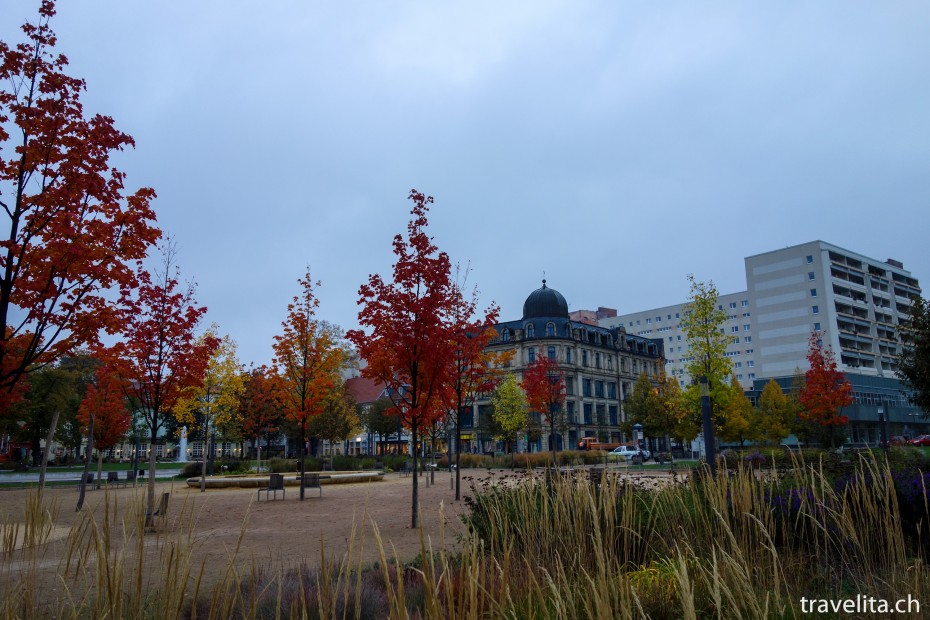
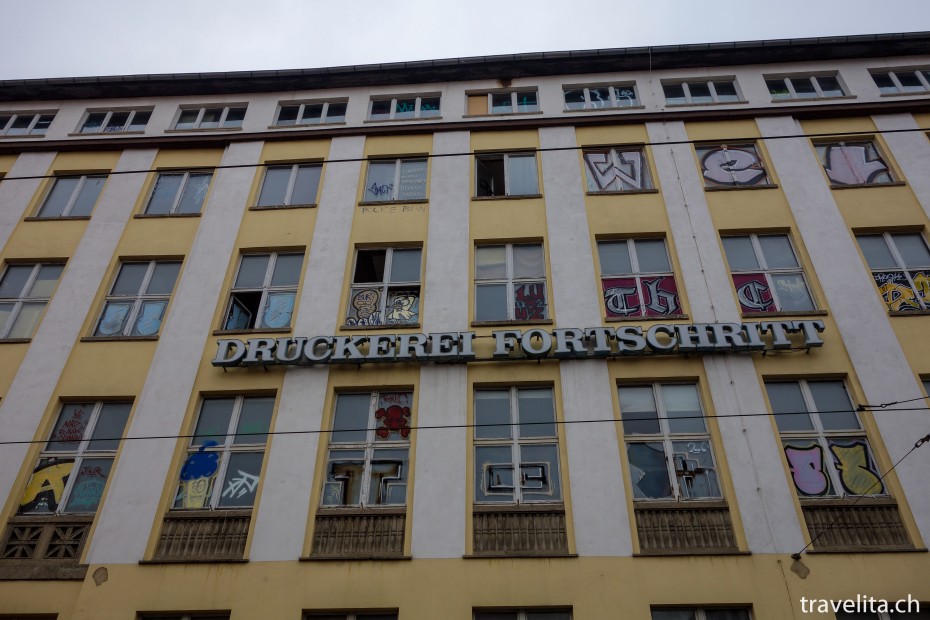
Note: My visit to Erfurt was supported by Thuringia Tourism – thank you very much for this. As always, my readers can be sure that I always represent my views and enthusiasm here.


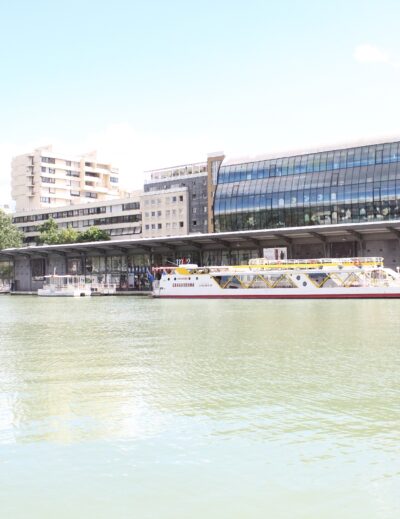

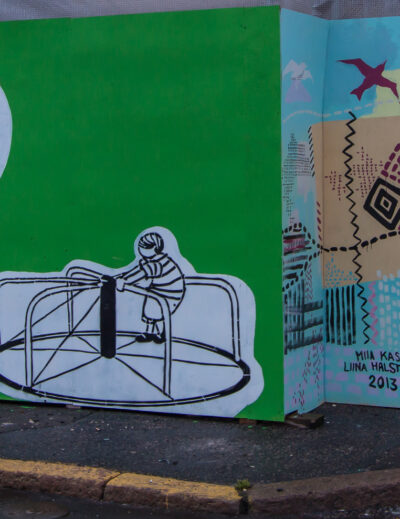
Leave a Reply